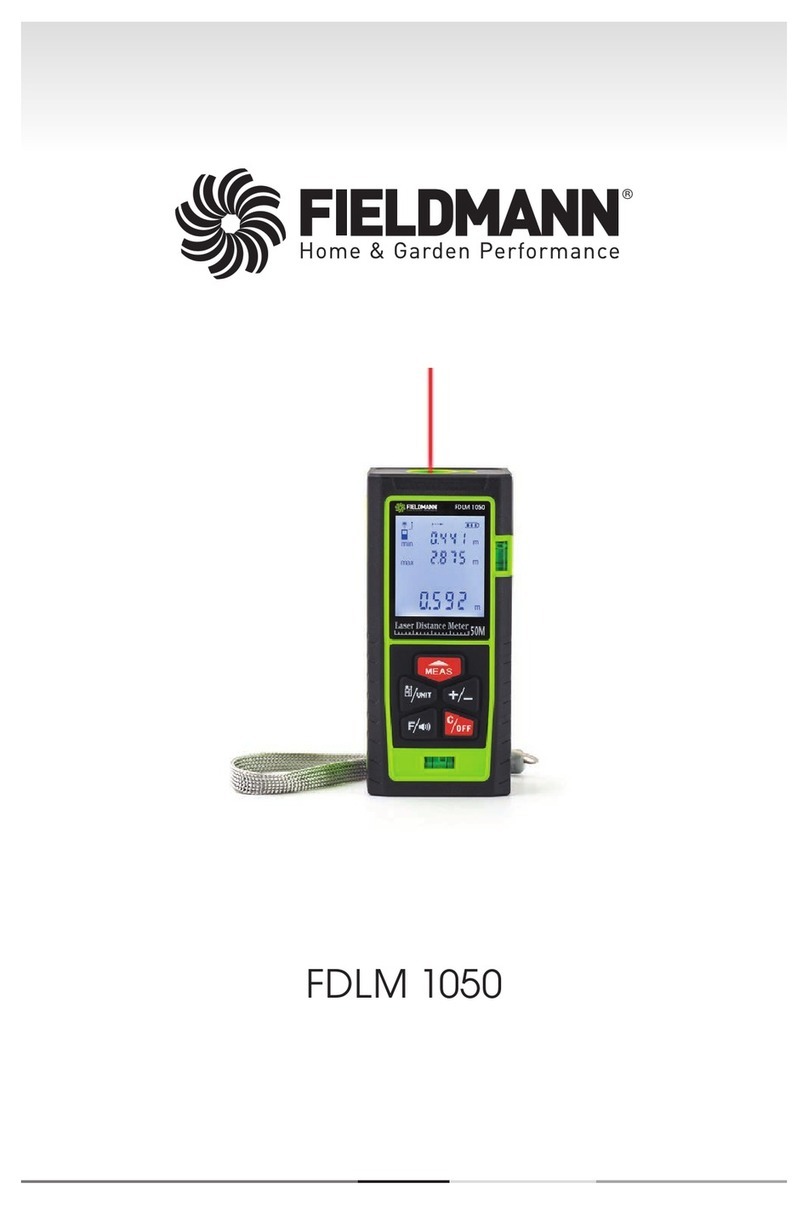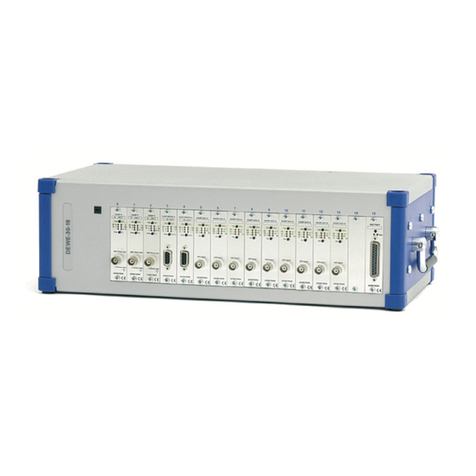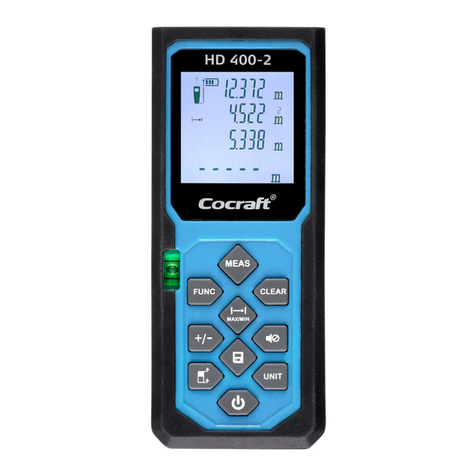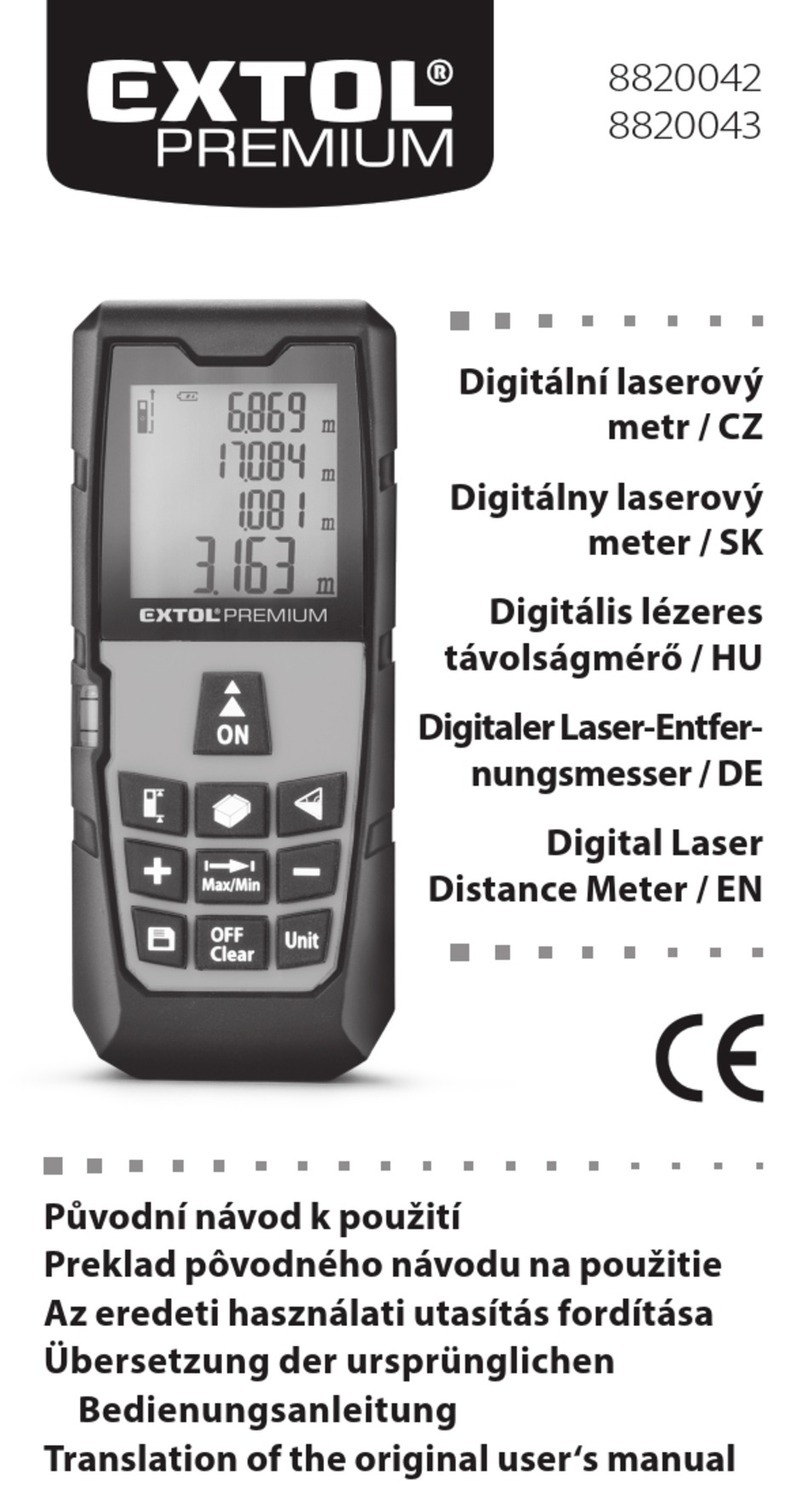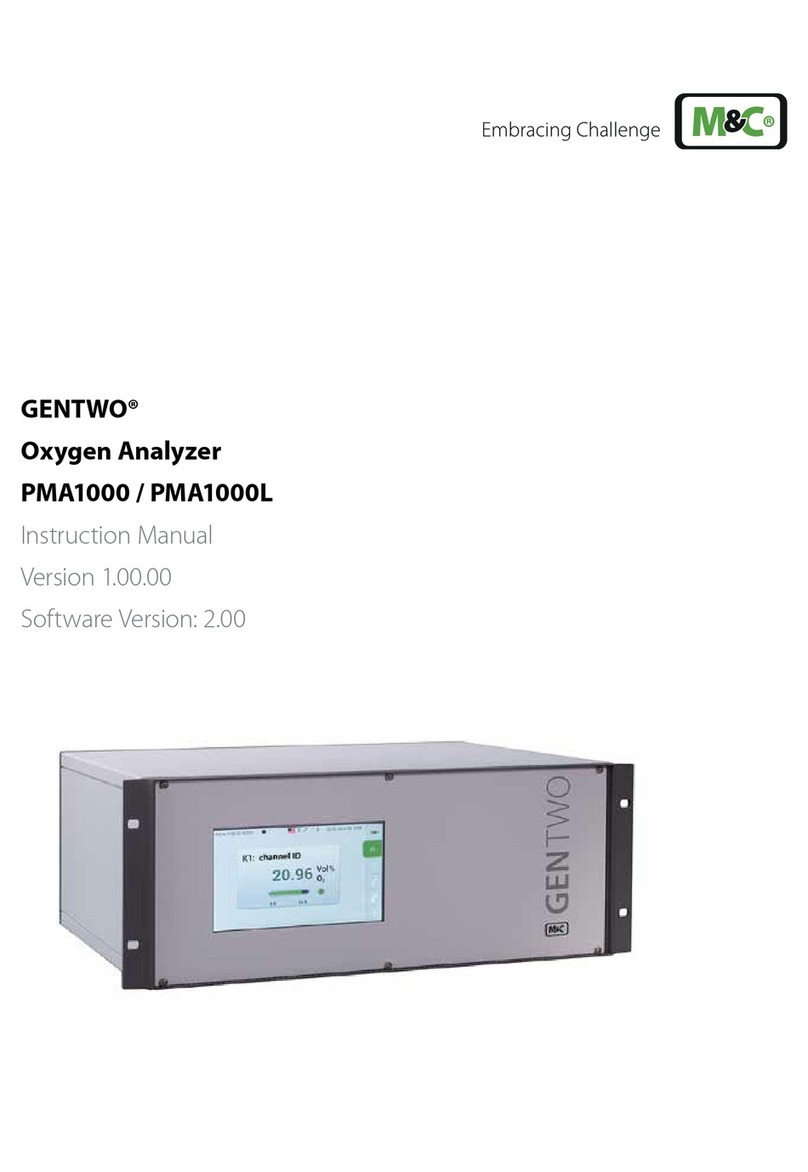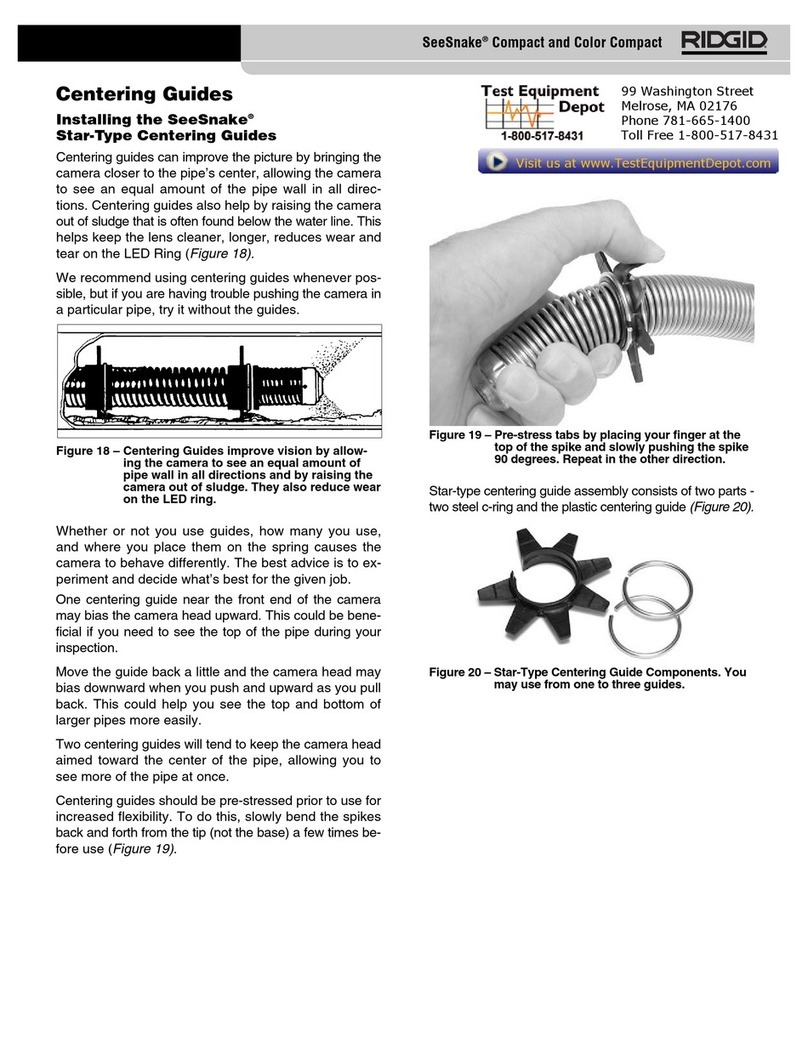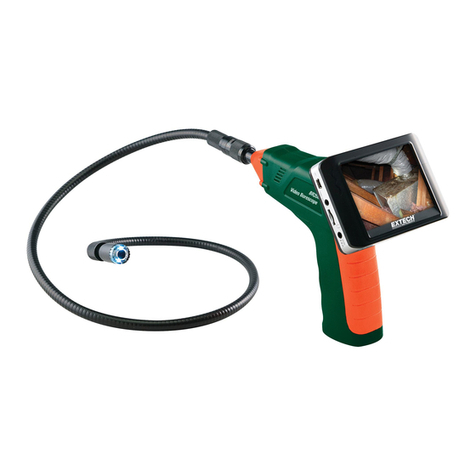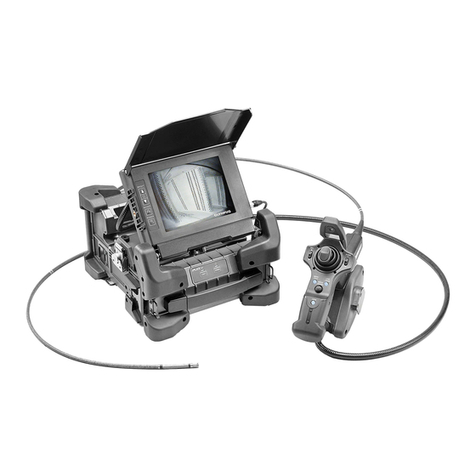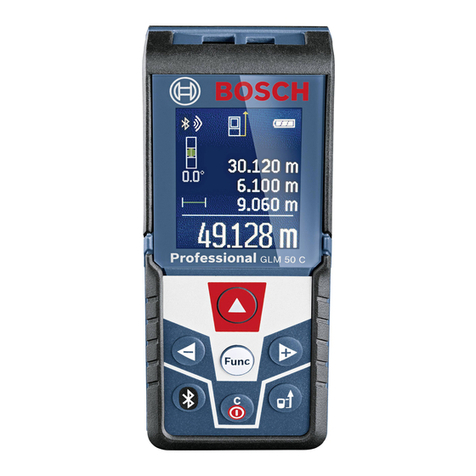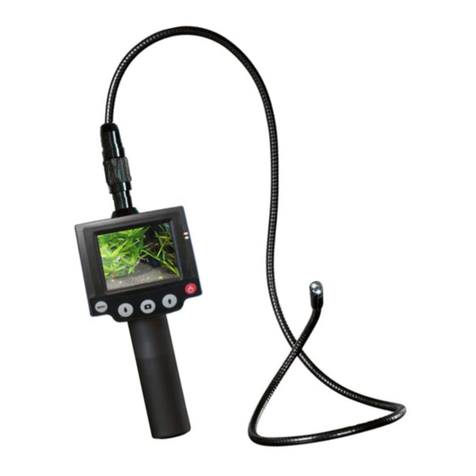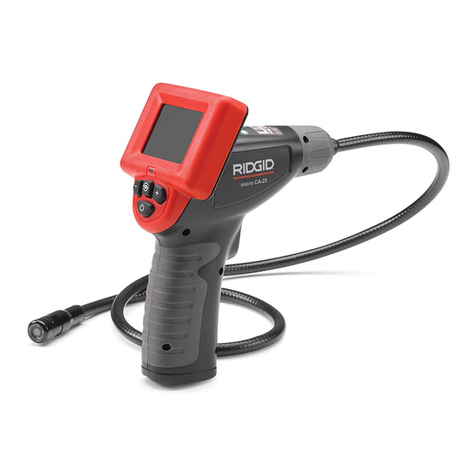
VERIFICATION & CALIBRATION INSTRUCTIONS
PURE OXYGEN VERIFICATION PROCEDURE
To verify that the indicator unit is accurately measuring the concentration of
oxygen being produced by a concentrator, perform the following steps:
1. Connect the inlet port on the unit to a USP oxygen source (cylinder or
liquid oxygen) via a supply tube.
2. Turn the O 2delivery flow to 2 LPM.
3. Press the “on/off” button to turn unit on.
4. When unit stabilizes the display will read - "Concentrator O 291.8"
(approx.concentration.).
NOTE: When in the Concentrator Mode, the electronic components of the
indicator automatically compensate for the argon found in the gas produced by an
oxygen concentrator. As a result the display will read 90% (± 2%) unless this
function is over-ridden by pushing the "pure O 2/calibrate" button).
5. Press and continue to hold down the “pure O 2/calibrate” button.
6. Unit will display “Pure O 2”and a numeric reading.
7. If the unit is properly calibrated, the display should read between
99% and 101%. The Respond O2™is ready to use.
8. If the unit display reads "err, "---", "-U-" or any other reading
other than 99.9 (± 2%), the unit should be recalibrated (See below).
QUICK “ONE STEP” PURE OXYGEN CALIBRATION
The following procedure can be used to calibrate the Ultrasonic Oxygen
Concentrator Indicator to pure oxygen:
1. Follow steps 1 through 6 of "Pure Oxygen Verification Procedure"
above.
2. When the unit displays "Pure O 2"and a numeric reading,
continue holding down the “pure O 2/calibrate” button.
3. After a few seconds, the LCD display (while continuing to read
"Pure O2") will start to alternately display "CAL" and number.
4. Continue to hold the “pure O 2/calibrate” button down until
the display stops alternating and simply displays “Pure O 2100”.
5. At that point, the unit is calibrated to pure oxygen and ready for
use.
NOTE: If unit displays an O2concentration reading outside of the ± 2% tolerance range
(eg. < 98% or >102%) unit will not “Quick Cal” and the Full Two Step procedure on
the following page must be followed.
6
Ultrasonic Ox
en Indicato
FULL "TWO STEP" CALIBRATION PROCEDURE
The following procedure may be used to calibrate the indicator to both room air
and U.S.P. oxygen (> 99.0%):
1. Do not connect unit to oxygen source or introduce oxygen to the
unit at this time.
2. Turn unit on by pushing “on/off” button.
3. Wait for the unit to stabilize at room air - and the LCD displays
“Concentrator O 220.9%”. If necessary, airflow will purge the
oxygen. Do not continue to flow air during the rest of this
calibration process.
NOTE: Do not exhale breath into unit. Moisture will affect calibration; a slight
suction can be used to evacuate the sampling chamber.
4. When unit is stabilized at room air and displays “Concentrator
O220.9%” (± 2%) - turn unit OFF by pushing “on/off” button.
5. Next, hold the “pure O 2/calibrate” button down while pressing
and releasing the “on/off” button.
6. Continue to hold down the “pure O 2/calibrate” button until the
display reads “---”.
7. Release the “pure O 2/calibrate” button and the display will read
“CAL AIR”.
8. Press and release the “pure O 2/calibrate” button again
9. The unit's display will roll for approximately one minute while it
calibrates to room air.
10. When the unit display reads “CAL O 2”- connect the inlet port
to an oxygen source (cylinder or liquid) using the supplied tube.
11. Introduce U.S.P. oxygen (> 99.0%) at 2 LPM to the unit. (Do not
use a humidifier).
12. Press and release the “pure O2/calibrate” button again.
13. The unit's display will roll for approximately one minute while it
calibrates to oxygen.
14. When the calibration sequence is complete the unit will display
“CAL END”.
15. The unit is then calibrated and ready for use.
16. To verify that the unit is properly calibrated, repeat the "Pure Oxygen
Verification Procedure” on page 6.
NOTE: If unit displays "CAL ERR" during verification or calibration
procedures, check to ensure that you are using U.S.P. oxygen (> 99.0%) and that the
flow is turned on to at least 2 LPM, then repeat procedure.
NOTE: If unit displays "---" during verification or calibration procedures, release the "pure
O2/calibrate” button or the unit will shut off automatically.
If any problems are encountered during the calibration sequences,
contact Responsive Respiratory at 1-866-333-4030.
7
Ultrasonic Ox
en Indicato
